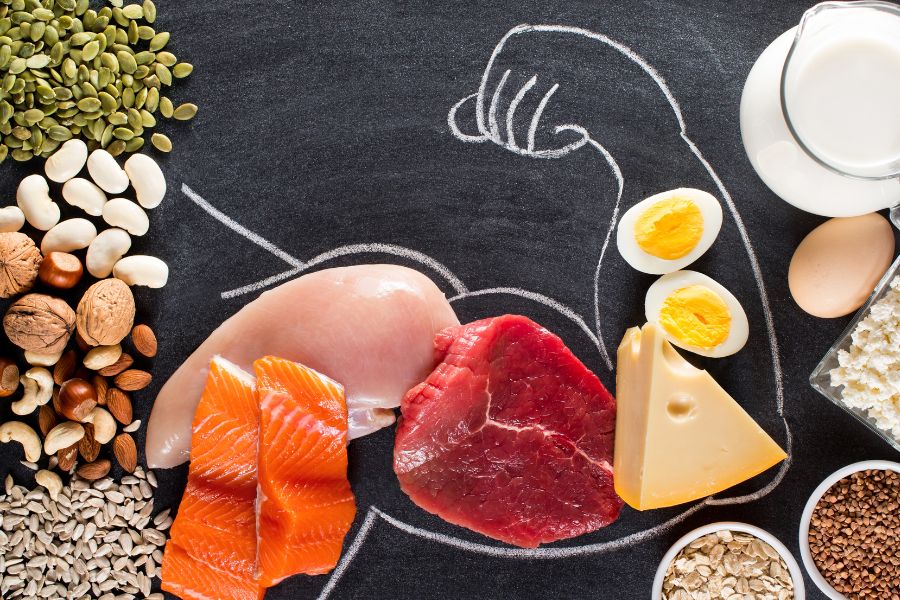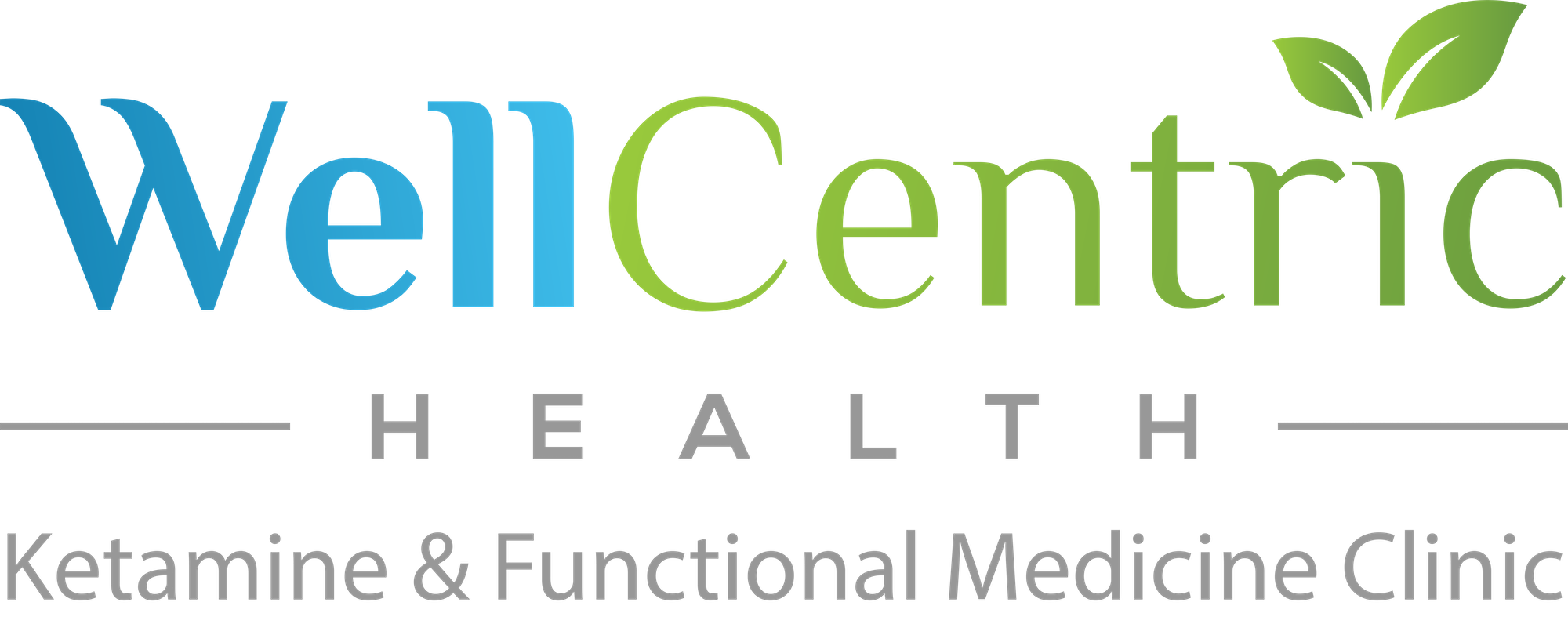July 24, 2025
Part 6: Muscle – Your Greatest Asset In The Weight Loss Journey
Before We Dive In, Let’s Pause For a Quick Check-In:
- Can you recall the three hormones that most strongly regulate hunger and satiety?
- Which form of protein supports better satiety — liquid or solid?
- What blood test might reveal why your brain isn’t “hearing” leptin?
- And finally, do you remember one common environmental toxin that can interfere with these critical appetite signals?
If these concepts ring a bell, excellent! If not, feel free to skim back. Each piece builds the framework for what comes next: understanding why muscle is your metabolic engine and your strongest ally in sustainable weight loss.
Muscle: More Than Meets The Eye
Muscle isn’t just about strength or looking “toned.” It’s a powerful organ of metabolism. It burns calories at rest, improves blood sugar handling, protects against frailty, and keeps your metabolism from slowing down with age or weight loss.
The more lean mass you have, the more resilient your metabolism becomes, especially during periods of calorie restriction or hormonal change. Unfortunately, traditional dieting often leads to not just fat loss, but muscle loss too. That might lower the number on the scale, but it sets you up for slower metabolism, lower strength, and faster weight regain.
This is particularly relevant for those using GLP-1 medications like Ozempic or Wegovy. Studies show that as much as 30–40% of the weight lost on these drugs may come from lean body mass, not fat. That may shrink your frame, but it also shrinks your metabolic capacity.
At WellCentric Health, we aim for something better: fat loss with muscle preservation. That’s how you get sustainable results and feel strong doing it.
The Importance Of Measuring What Matters
The bathroom scale doesn’t show what kind of weight you’re losing. That’s why we offer body composition analysis as part of our clinical weight optimization program. This gives us a detailed look at:
- Lean muscle mass
- Fat mass (including visceral fat)
- Hydration status
- Basal metabolic rate (BMR)
This data allows us to tailor your plan precisely, ensuring that weight loss is targeted, intelligent, and protective of your most metabolically valuable tissue: muscle.
Why Muscle Makes Weight Loss Easier
If you’ve ever wondered why some people can eat more, move less, and still seem to stay lean — it often comes down to muscle. Muscle isn’t just for athletes or bodybuilders. It’s one of the most important factors in your long-term ability to burn fat, maintain energy, and stay metabolically flexible. When you protect your muscle, you protect your metabolism. When you build it, you give yourself more margin to enjoy life and stay strong as you age.
Muscle plays a central role in healthy metabolism. It:
- Increases your resting energy expenditure (you burn more calories doing nothing)
- Improves blood sugar control and insulin sensitivity
- Enhances metabolic flexibility — your ability to burn fat or carbs based on need
- Buffers stress and inflammatory responses
- Defends against frailty and age-related decline
Two people may weigh the same, but the one with more muscle will almost always have an easier time maintaining fat loss, avoiding metabolic disease, and aging well.
What You Can Do To Build & Protect Muscle
The good news is, building or preserving muscle doesn’t require fancy gym memberships or grueling workouts. It starts with small, consistent habits — and it’s completely within reach for nearly everyone. Whether you’re recovering from years of dieting, just beginning strength training, or navigating weight loss with a GLP-1 medication, these foundational strategies will help you maintain the tissue that keeps you strong, steady, and metabolically resilient.
You don’t need to train like an athlete. You need a consistent, efficient strategy that works with your life:
- Lift something at least 2–3 times per week
- Eat enough protein — typically 1.2 to 2.0 grams per kilogram of ideal body weight per day
- Avoid excessive calorie restriction that drains lean mass instead of fat
- Get adequate sleep and manage stress, which support growth hormone, testosterone, and recovery
If you’re using a GLP-1 medication or fasting regularly, these strategies are even more important. Muscle loss is common, but it’s preventable.
Smart Support: What Helps Muscle Stay
For those who want to optimize their outcomes, a few strategic supplements can help:
- Creatine monohydrate: supports strength, recovery, and even cognitive function
- Essential amino acids (EAAs): especially helpful during calorie restriction, fasting, or low protein intake
- Whey or collagen protein powders: convenient, high-quality protein sources
- Magnesium and vitamin D: support muscle contraction, hormonal balance, and energy production
EAAs are particularly useful during fasting or low-protein periods, as they stimulate muscle protein synthesis without significantly raising insulin. A 5-10 gram dose is typically sufficient and even more effective when taken post-workout or paired with creatine. Some individuals may benefit from pairing EAAs with berberine, chromium picolinate, or a small amount of carbohydrate (5-10g) post-exercise to enhance amino acid uptake — especially if insulin resistant or over 40.
What Success Really Looks Like
If you’re maintaining or gaining muscle while losing fat, your scale might not drop quickly — and that’s okay. The real wins look like this:
- Your clothes fit better
- Your energy and strength are climbing
- Your blood sugar and triglycerides are improving
- You’re sleeping better and recovering faster
- You’re aging with confidence and capability
That’s what muscle gives you — and why it deserves your protection.
Coming Up Next: Putting It All Together
In the final section, we’ll guide you through creating a real-world plan using everything you’ve learned. From planning your meals and fasting rhythm, to choosing snacks, navigating weekends, and knowing when to ask for help — Part 7 will help you bring this all to life.






